How to plan a trip from Hong Kong to Macao
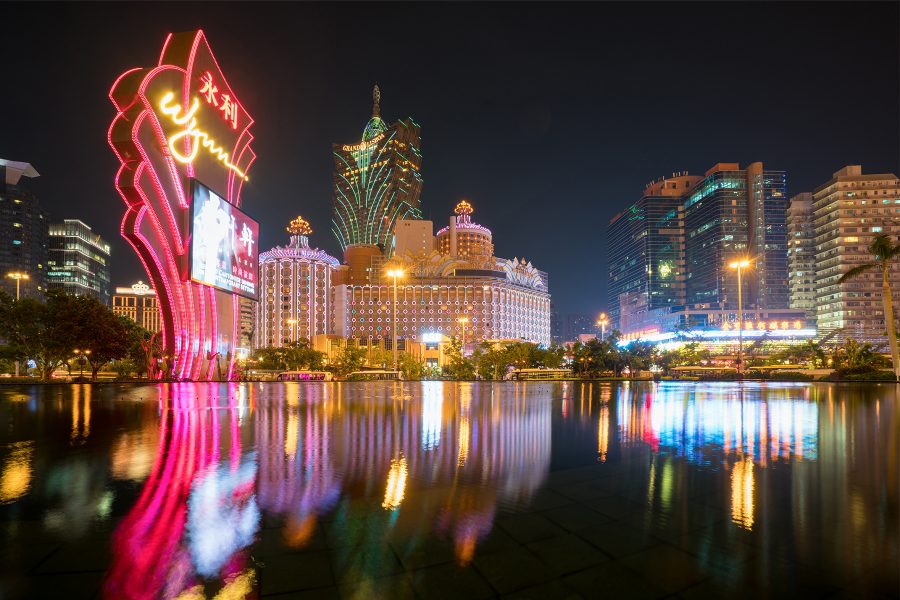
It only takes about an hour to get from Hong Kong to Macao, where you’ll find a rich melting-pot history, distinctive cuisine, a growing arts and entertainment scene and even sandy beaches. Read on for tips on how to get to Macao as well as an overview of where to go and what to do once you’ve arrived.
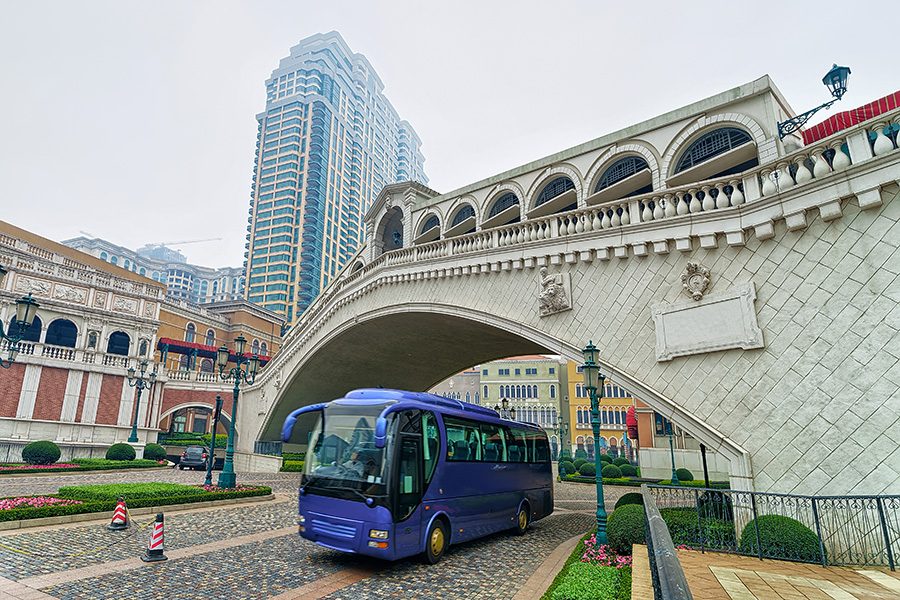
Credit: Roman Babakin/Getty Images
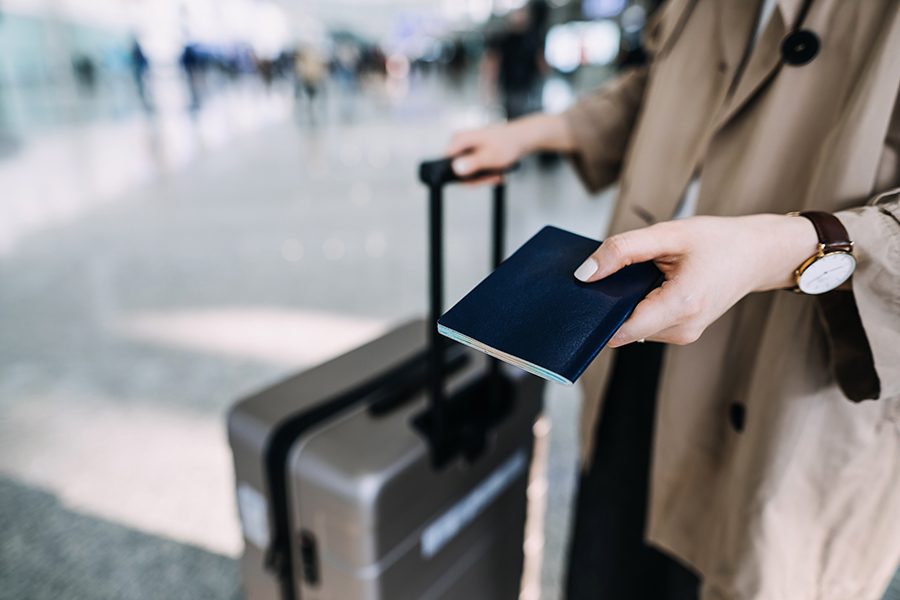
Credit: d3sign/Getty Images
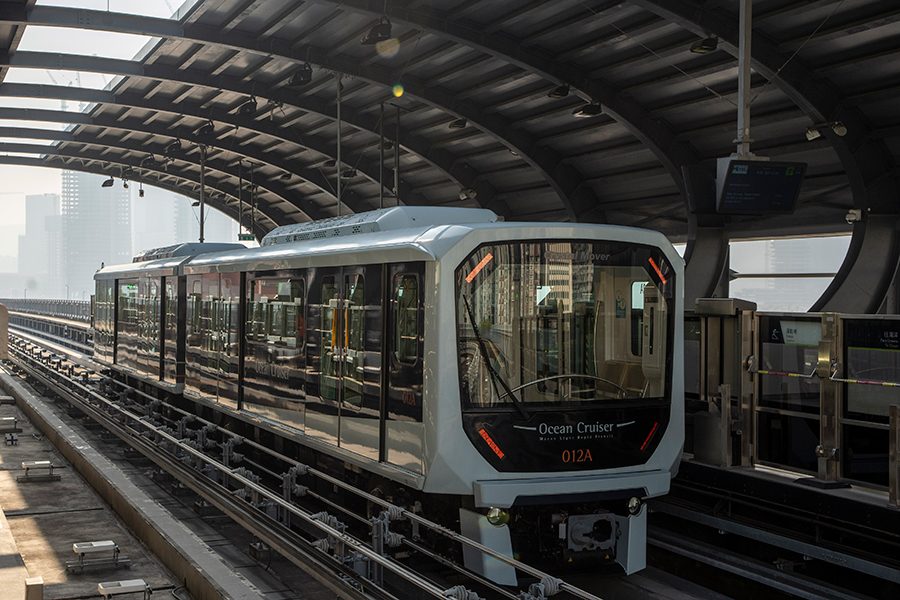
Credit: NurPhoto/Getty Images
What to know before heading to Macao
- Keep your passport on hand, as there are immigration and customs checkpoints between Hong Kong and Macao.
- Macao’s currency is the pataca, but Hong Kong dollars are also widely accepted at an equivalent rate. However, patacas cannot be used in Hong Kong.
- The official languages of the city are Cantonese and Portuguese; Mandarin and English are also commonly spoken.
- Many hotels run free shuttles to and from Macao’s ferry terminals throughout the day, which allows you to skip taxi queues.
- It’s common practice for taxi drivers to round up the fare, so don’t be surprised if you find yourself slightly short-changed.
- Many of the hotels and casinos in Cotai (an area where many of Macao’s resorts are located) are linked through massive complexes that can take a long time to navigate, so give yourself plenty of time to wander.
- Macao launched its Light Rapid Transit System (MLRT) in December 2019. The inaugural Taipa Line’s 11 stops include the airport, ferry terminal and Cotai West. Three more lines are currently under construction.
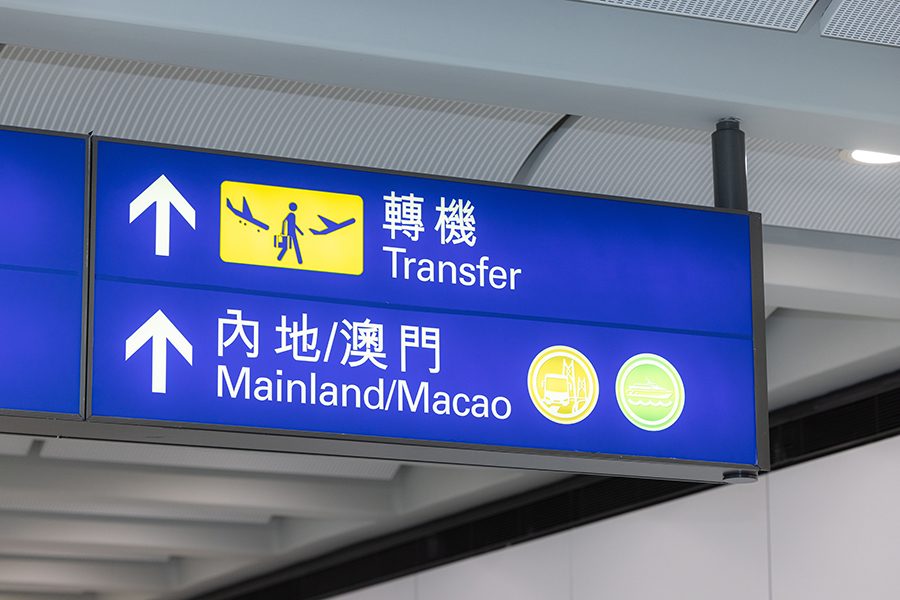
Credit: Elvis Chung
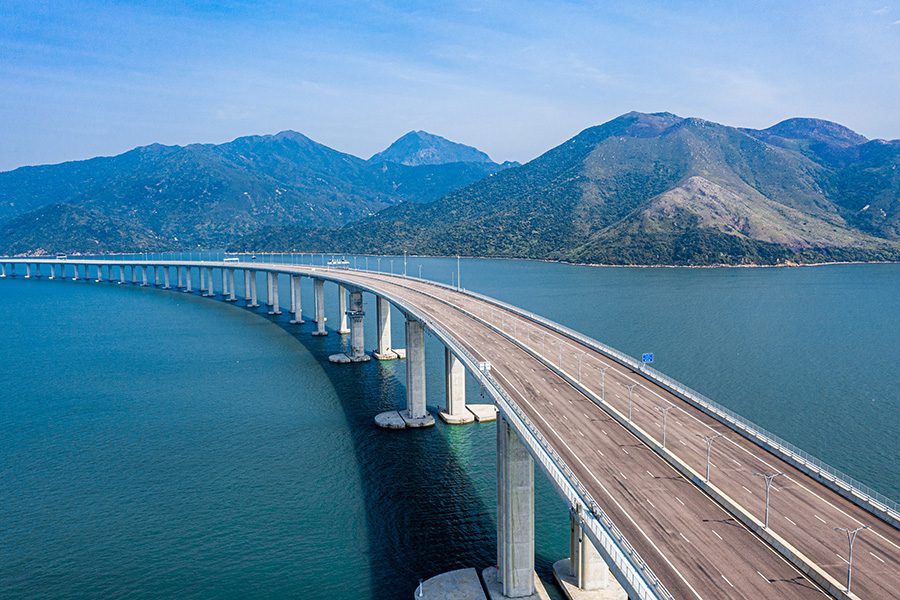
Credit: CHUNYIP WONG/Getty Images
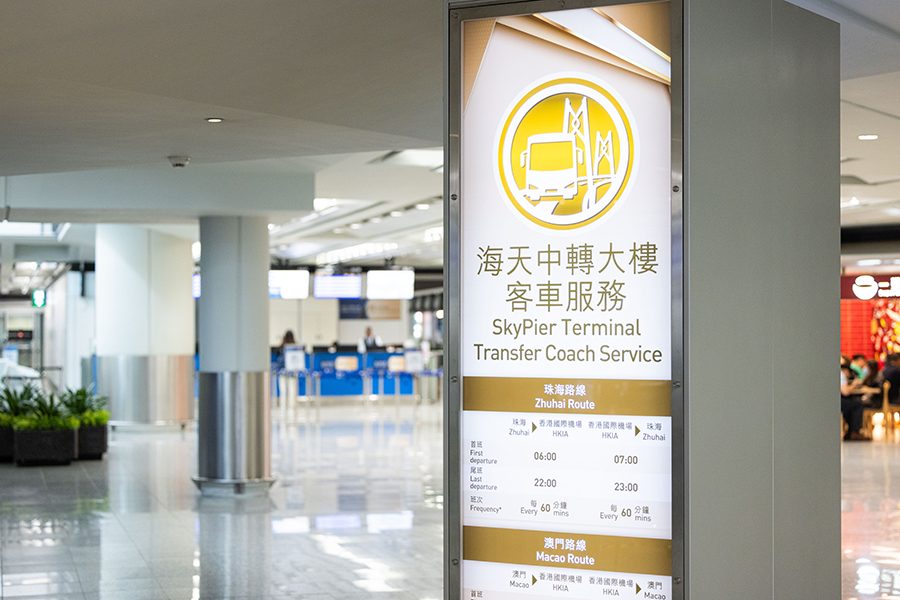
Credit: Elvis Chung
Travelling to Macao
For more details on all the ways to get to Macao from Hong Kong, read our in-depth guide here. We’ve picked out a few highlights for you below.
To get from the centre of Hong Kong to Macao, hop on a ferry from either the Hong Kong Macau Ferry Terminal in Sheung Wan or the Kowloon China Ferry Terminal in Tsim Sha Tsui.
For those flying into Hong Kong International Airport (HKIA), a select number of ferries depart for the Macao Maritime Ferry Terminal (XZM) each week. Simply purchase your Direct Air+Sea ticket to Macao in one single booking through our website.* Your baggage will be checked through to your final destination.
Prefer travelling on wheels? You can do so via the Hong Kong-Zhuhai-Macao Bridge (HZMB). There are plenty of buses and coaches available for travellers heading to Macao, including one for inbound travellers landing at HKIA.
Transfer coaches also run between Hong Kong International Airport’s SkyPier terminal to the Hong Kong-Zhuhai-Macao Bridge terminal in Macao. Book Cathay Pacific’s Direct Air+Land flight and coach transfer, and your tickets will be combined into a single booking.* Your bags will also automatically be checked through to your final destination.
Connecting passengers between Hong Kong and Macao as well as the city of Zhuhai on the Chinese Mainland, the HZMB is the world’s longest sea crossing by bridge and tunnel, spanning 55 kilometres. Operating 24 hours a day, it takes just 45 minutes end-to-end.
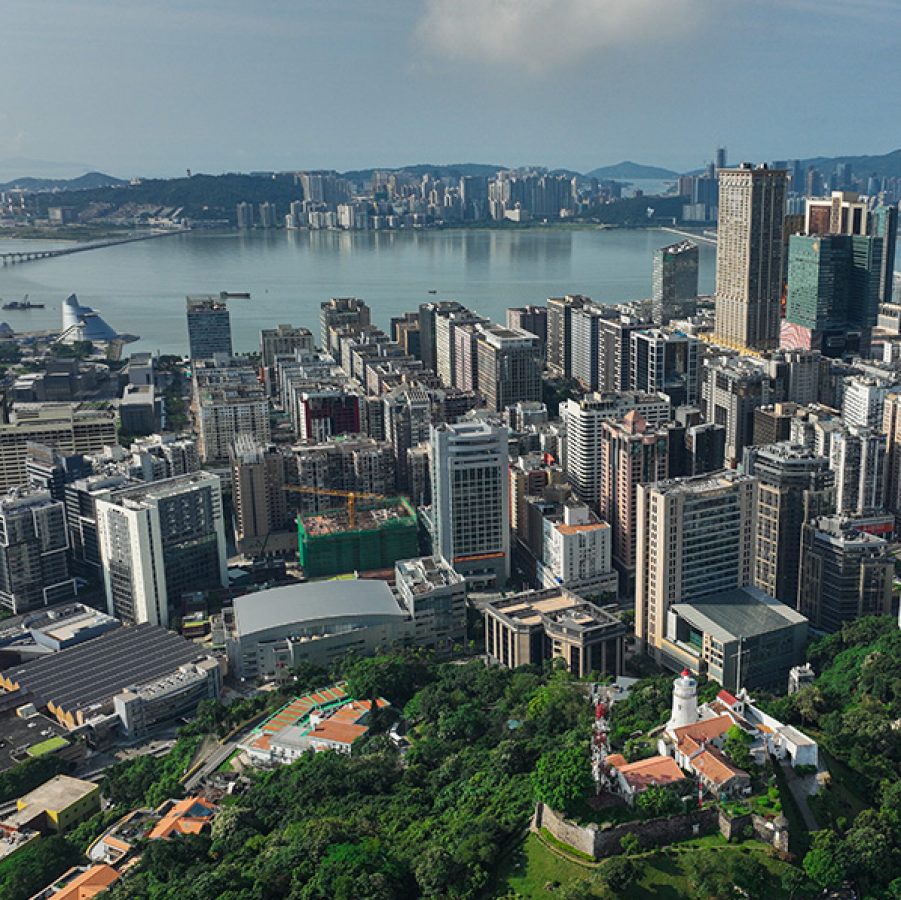
Credit: Dave Primov/Getty Images
Exploring Macao’s regions
Macao consists of three main areas: the Macao peninsula and the islands of Taipa and Coloane. The latter two are connected by Cotai (a stretch of reclaimed land), and each have their own characteristics and charms – here’s a quick primer.
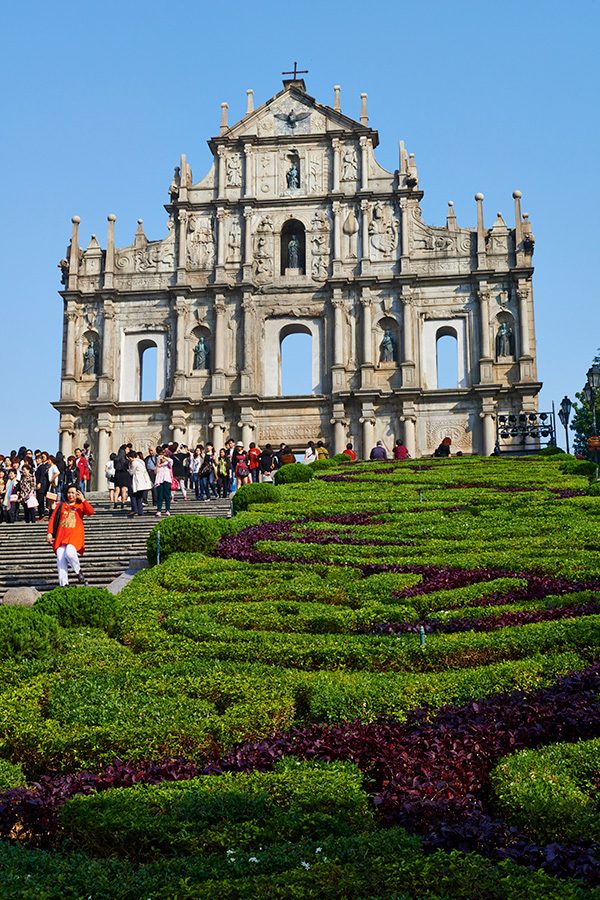
Credit: Tuul & Bruno Morandi/Getty Images
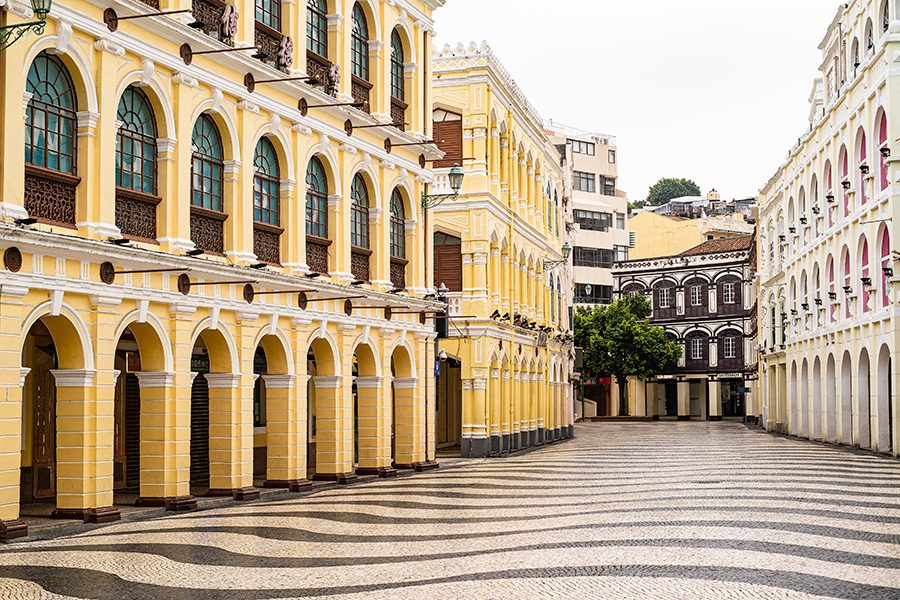
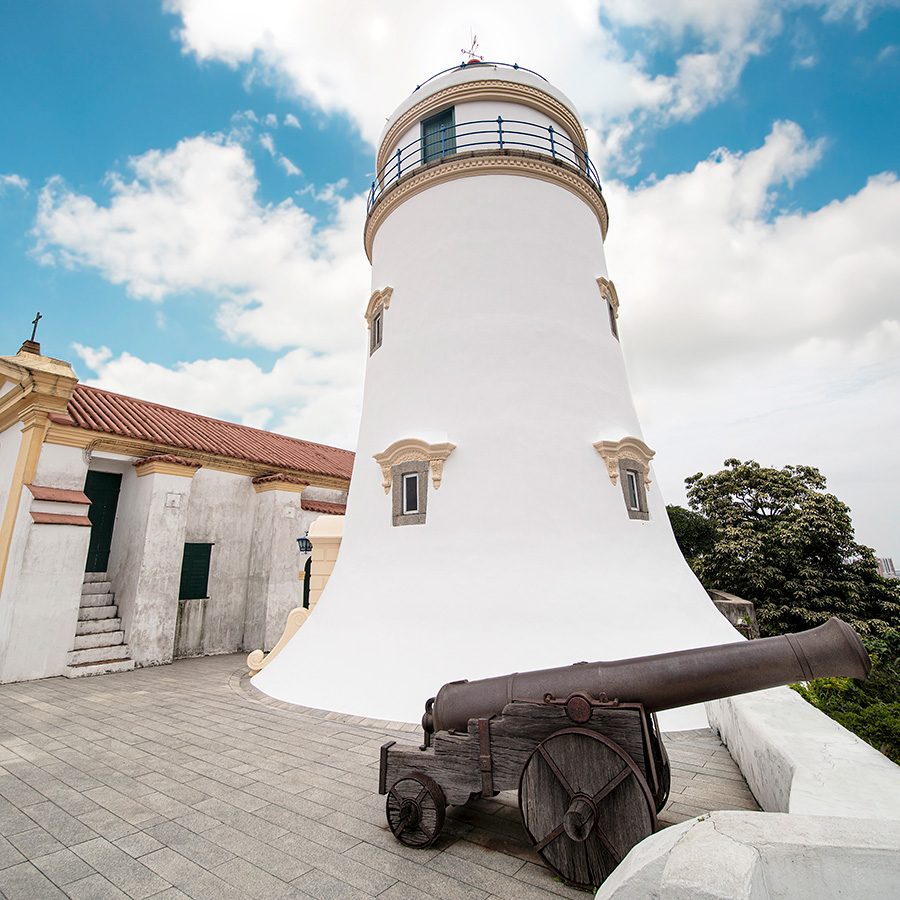
Macao Peninsula
This area is known as “old” Macao thanks to its cluster of historic sites: Senado Square; the Ruins of St Paul’s dating back to the 17th century; and Guia Fortress , which affords sweeping views of the city.
Coloane, in Macao’s sleepy southern tip, is full of pastel European-style buildings, cobblestone streets and beaches. It’s also a popular destination for al fresco meals at Fernando’s , which puts a Macanese spin on Portuguese cuisine, and for egg tarts made fresh at the original branch of the legendary Lord Stow’s Bakery .
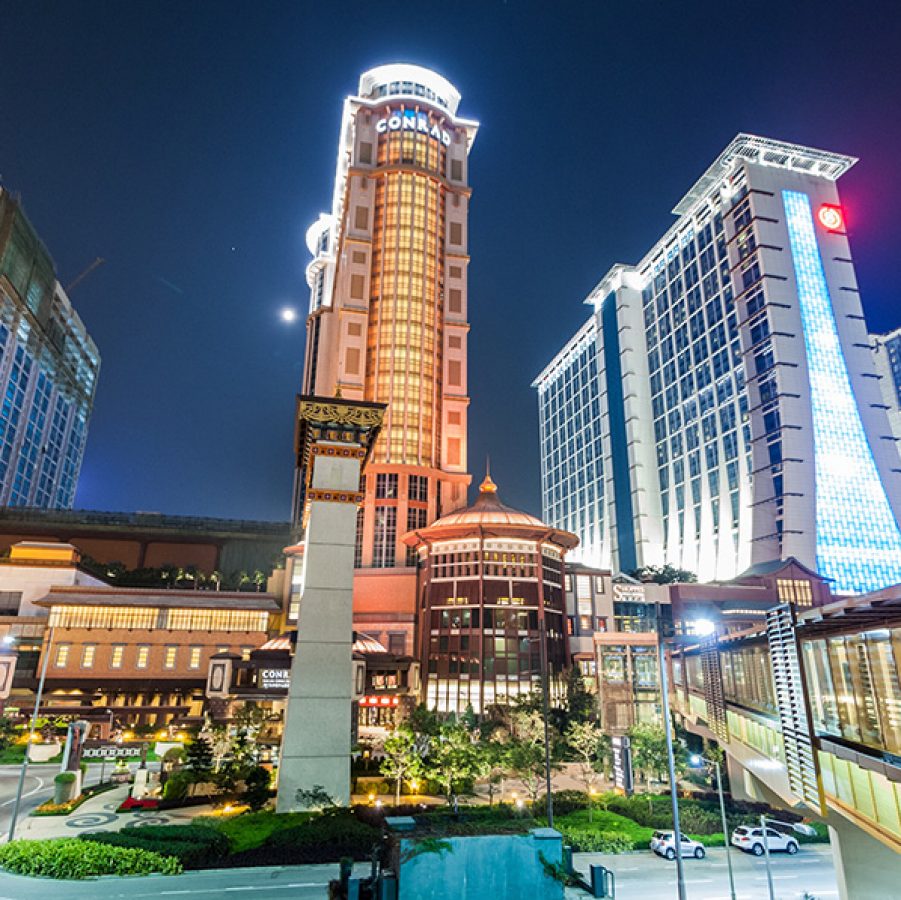
Credit: KeongDaGreat/Getty Images
Cotai
This is a newer part of Macao, created from reclaimed land that connects Taipa (to the north) and Coloane (to the south). Its centrepiece is the glitzy Cotai Strip, whose lineup of casino and hotel complexes – with upscale shopping, dining and entertainment – underscore Macao’s reputation as the “Las Vegas of Asia”.

Credit: Jade Dragon
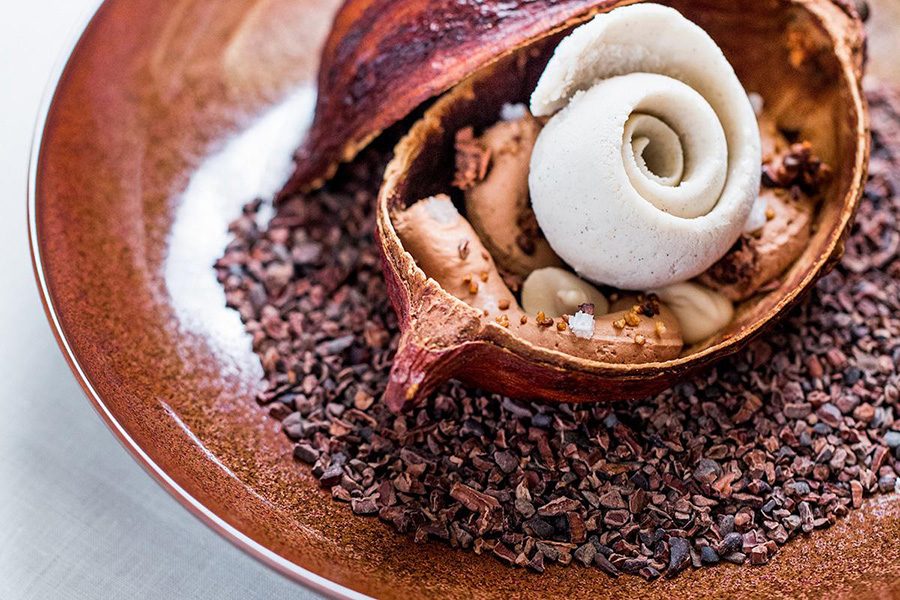
Credit: Alain Ducasse at Morpheus
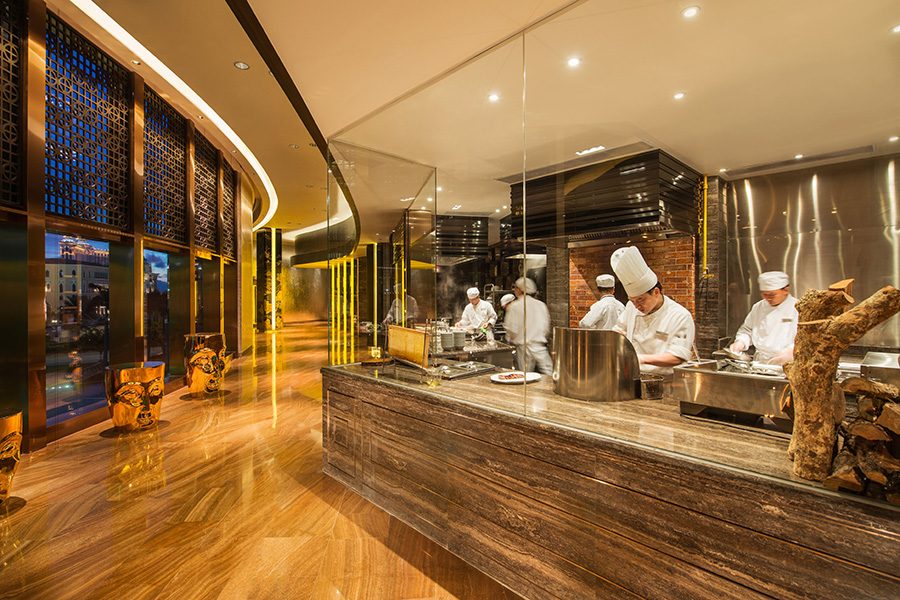
Credit: Jade Dragon
What to do in Macao
Macao counts scores of world-class restaurants such as the Michelin-starred Alain Ducasse at Morpheus and Cantonese fine-dining spot Jade Dragon . There’s a growing contemporary art scene as well as blockbuster live shows like the long-running The House of Dancing Water , called ‘the world’s largest water extravaganza’.
For more detailed recommendations, consult our guide to Macao’s best attractions, or our roundup of 20 old and new reasons to visit Macao.
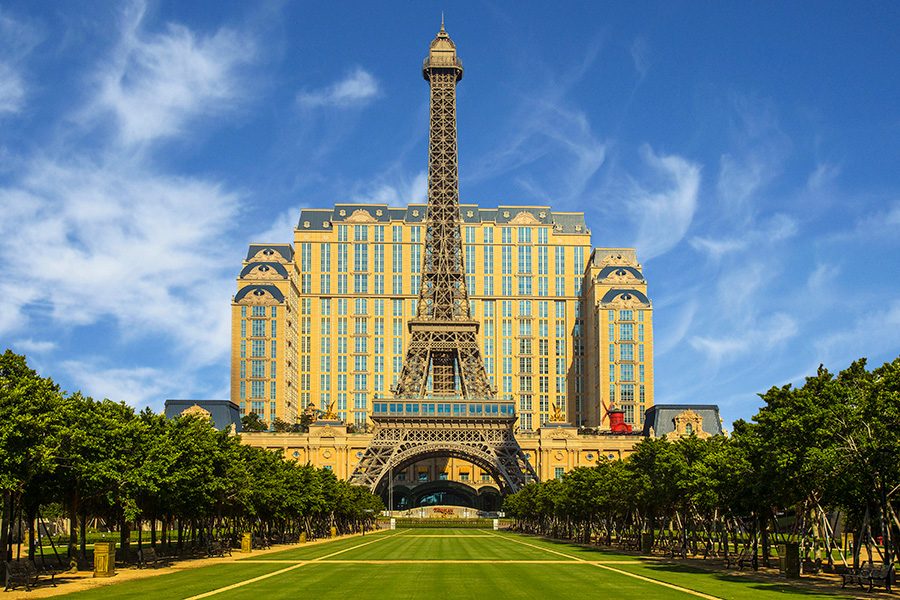
Credit: The Parisian Macao
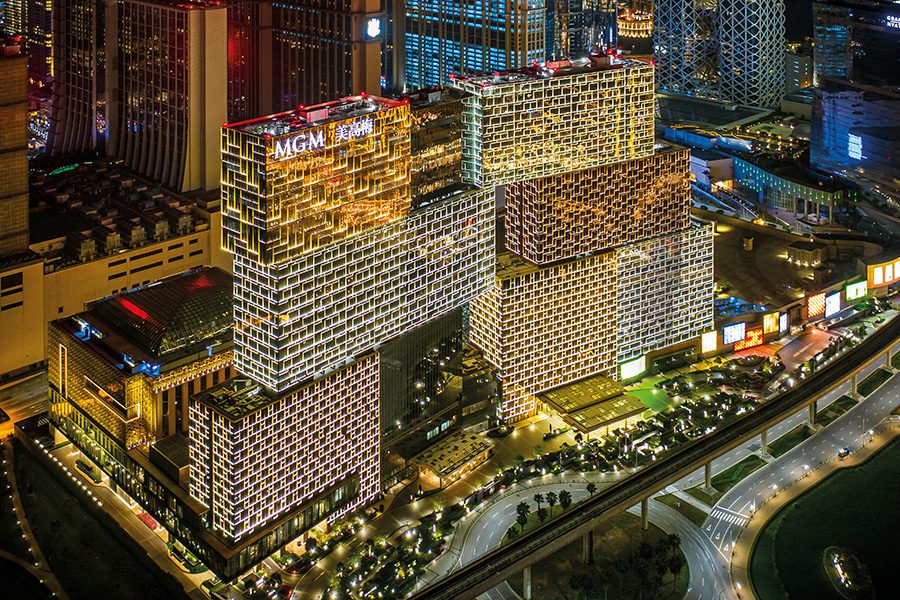
Credit: MGM Cotai
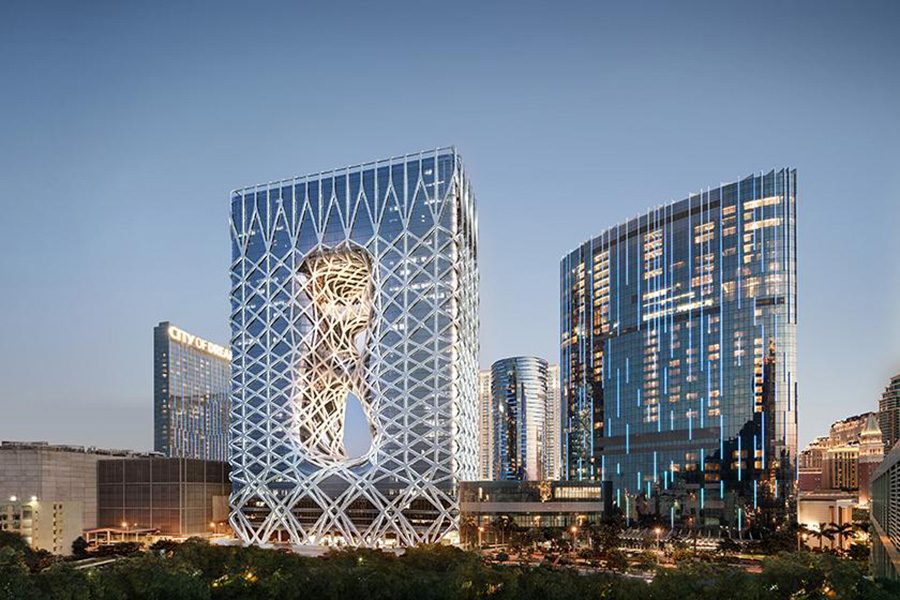
Credit: Morpheus
Where to stay in Macao
Major hotels include MGM Cotai, the Hollywood-themed Studio City, the French-inspired Parisian Macao and the Zaha Hadid-designed Morpheus. For something more old-school, head south to Pousada de Coloane, a charming Portuguese-style resort that was formerly home to a tycoon. You can find a full guide to Macao’s hotels here.
*Available for selected routes on our website. For regions where this service is not available, please make your Direct Air+Sea or Direct Air+Land booking via a travel agent. If you're departing from Taiwan China, please purchase your ferry or coach tickets separately. We’ll arrange your bags to be checked through when you check in at your departing airport.
This story was originally published in April 2020 and updated in October 2024.
More inspiration
- China – the Chinese Mainland, Hong Kong SAR, Macao SAR and Taiwan Region
- Hong Kong SAR - English
- Chinese Mainland (China) - English
- Taiwan, China - English
- 香港特別行政區 - 繁體中文
- 中国內地 - 简体中文
- 中國台灣 - 繁體中文
- Africa
- South Africa - English
- Asia
- Bangladesh - English
- Korea - English
- Singapore - English
- Cambodia - English
- 한국 - 한국어
- Sri Lanka - English
- India - English
- Malaysia - English
- Thailand - English
- Indonesia - English
- Maldives - English
- ประเทศไทย - ภาษาไทย
- Indonesia - Bahasa Indonesia
- Myanmar - English
- Vietnam - English
- Japan - English
- Nepal - English
- Việt Nam - tiếng Việt
- 日本 - 日本語
- Philippines - English
- Australasia
- Australia - English
- New Zealand - English